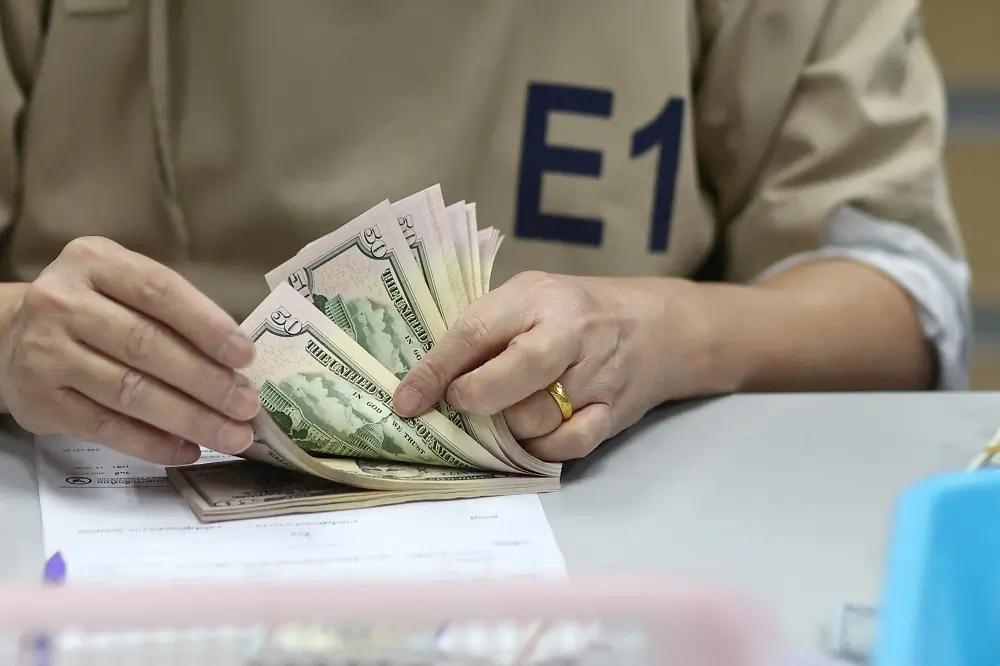
WASHINGTON/LONDON (Reuters) – The dollar ticked higher on Monday, regaining some ground after falling for three straight weeks on bets that the U.S. Federal Reserve will soon be cutting interest rates, while bitcoin breached $42,000 for the first time since early 2022.
The dollar index, which tracks the currency against six major peers, rose by 0.59% to 103.71, while the euro was last down 0.61% to $1.0815.
“A lot of people are … realizing that the strength of the euro, primarily because of the U.S. weakness to this point, is now potentially an inflection point,” said Eugene Epstein, Moneycorp’s head of structured products, North America. “The tone of the conversation seems to have shifted a little bit in that direction.”
In cryptocurrencies, bitcoin ripped to its highest since April 2022 at more than $42,100, buoyed by expectations that U.S. regulators will soon approve an exchange-traded bitcoin fund. It was last at $41,424.
“An approval is expected to bring short-term capital influx from the traditional finance investors, fueling the uptrend, while a rejection might trigger a short-term negative price action due to high expectations of approval by market participants,” said Matteo Greco, a research analyst at fintech investment firm Fineqia International, in a note.
Investors’ bets that the Fed’s rate-hiking cycle is over have also boosted riskier assets in financial markets.
Chair Jerome Powell said on Friday that the Fed was prepared to tighten policy further if needed, but also said that interest rates were “well into restrictive territory” and were slowing inflation.
Last month, the euro rallied 3% against the dollar and hit its highest since August at more than $1.10 as data showed U.S. inflation was cooling rapidly. The dollar index dropped 3.1% in November in its biggest monthly fall in a year.
“November was … a very poor month for the U.S. dollar, in part driven by expectations of easier Fed policy,” said Colin Asher, senior economist at lender Mizuho in London. “We see some scope for a reversal into year end.”
Sterling was down 0.65% to $1.262 on Monday, while the Australian dollar was 0.87% lower at $0.6615. The U.S. dollar also rose against the Swiss franc, last up 0.48%.
The dollar was last down 0.19% against the yen at 147.085, after falling to 146.24 yen per dollar in the Asian session, its lowest since mid-September.
Data on Monday showed that exports from Germany unexpectedly fell in October, denting hopes that Europe’s biggest economy was stabilising.
The key data point for investors this week is the November U.S. jobs report, which is expected to show the American economy added 180,000 jobs last month, up from 150,000 in October.
Euro zone retail sales data are due on Wednesday, ahead of Chinese trade figures on Thursday.
(Reporting by Hannah Lang in Washington and Harry Robertson in London, additional reporting by Brigid Riley in Tokyo; Editing by Bernadette Baum, Gareth Jones and Alison Williams)


